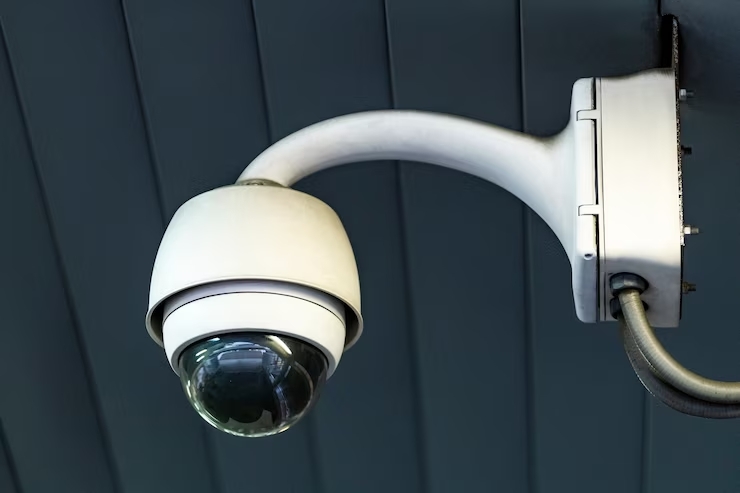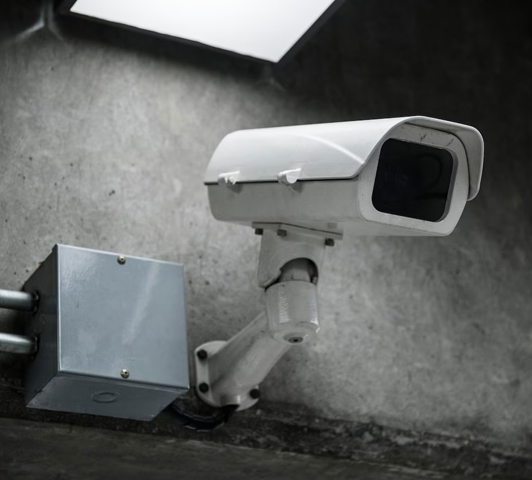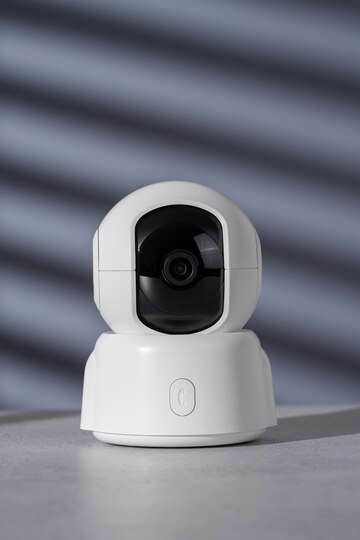In the world of security cameras, the ability to see clearly in low-light conditions is a game-changer. This is where night vision technology comes into play, revolutionizing surveillance capabilities and enhancing overall security. Let’s delve into how night vision technology works, why it matters, and how it can significantly impact your security camera setup.

1. The Basics of Night Vision Technology
Night vision technology enables security cameras to capture and display images in low-light or complete darkness. This is achieved through the use of infrared (IR) light, which is invisible to the human eye but is detected by the camera's sensor.
2. Infrared Illuminators: Shedding Light on the Dark
Night vision cameras are equipped with infrared illuminators, tiny LED lights that emit infrared radiation. When activated, these illuminators flood the area with infrared light, creating an invisible source of illumination. This light reflects off objects and surfaces, and the camera's sensor captures this reflected light, turning it into a visible image.
3. Types of Night Vision Technologies
There are three primary types of night vision technologies used in CCTV security cameras:
a. Low-Light Image Sensors:
- These sensors amplify available ambient light to create a visible image. While effective in moonlit conditions, they may struggle in pitch-black darkness.
b. Infrared (IR) Illuminators:
- As mentioned earlier, IR illuminators provide additional light in the infrared spectrum, allowing cameras to capture clear images in complete darkness.
c. Thermal Imaging:
- Thermal cameras detect heat signatures rather than visible light. This technology is effective in total darkness, as it doesn’t rely on any ambient light source.
4. Why Night Vision Matters for Security Cameras
a. 24/7 Surveillance:
- Night vision extends the surveillance capabilities of security cameras, providing around-the-clock monitoring and protection.
b. Crime Prevention:
- Well-lit areas act as a deterrent to potential intruders. Night vision ensures that even in the absence of external lighting, your property remains under the watchful eye of your security system.
c. Identification and Recognition:
- Night vision allows for clearer identification of individuals and activities in low-light conditions, crucial for forensic purposes or identifying potential threats.
d. Enhanced Safety:
- Whether it’s your home or business premises, night vision ensures that you can navigate and monitor your surroundings safely during the nighttime hours.
5. Choosing the Right Night Vision Camera
a. Infrared Range:
- Consider the infrared range of the CCTV camera, indicating how far it can effectively illuminate an area in total darkness.
b. Resolution:
- A higher resolution camera provides clearer images, even in low-light conditions.
c. Camera Type:
- Dome cameras, bullet cameras, and PTZ cameras are available with night vision capabilities. Choose the type that suits your specific surveillance needs.
6. Maintenance and Best Practices
a. Keep Lenses Clean:
- Regularly clean the camera lenses to ensure optimal performance.
b. Check for Obstructions:
- Ensure that there are no obstructions, such as overgrown vegetation, blocking the camera’s field of view.
c. Regular System Checks:
- Conduct routine checks to ensure all components of your security system, including night vision capabilities, are functioning correctly.
Conclusion: Seeing Beyond the Darkness
Investing in a security camera with night vision technology is an investment in enhanced safety and surveillance. Whether you’re protecting your home, business, or other valuable assets, the ability to see clearly in low-light conditions is paramount. Understanding how night vision works empowers you to make informed choices when selecting a security camera, ensuring that your security setup remains robust and effective, day or night.



